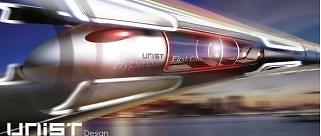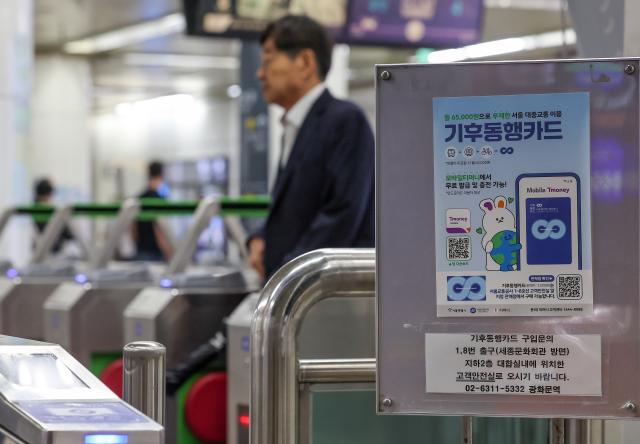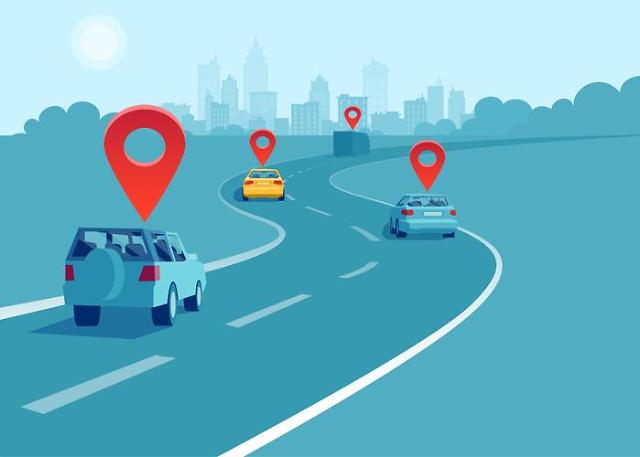
[Courtesy of UNIST]
A prominent South Korean science school has jumped into a revolutionary bullet train project to transport passengers and cargo in special capsules through tubes with low pressure as the brainchild of original "hyperloop" technology was caught in a bitter legal battle between company executives and former staff.
The South Korean project was unveiled by a research team at the Ulsan National Institute of Science and Technology (UNIST) in the southeastern industry city of Ulsan, to develop hyperloop technology, which has been open-sourced by Elon Reeve Musk, a South African-born Canadian-American business magnate and inventor.
In 2013, Musk, founder and CEO of the Space Exploration Technologies Corporation (SpaceX), envisioned a system consisting of a solar powered tube and levitating pods that could theoretically shoot passengers between cities at speeds close to the speed of sound.
In May this year, Hyperloop One, a registered SpaceX trademark, carried out its first demonstration of the early stages of the development of the technology. But a legal battle involving accusations of nepotism, death threats, mismanagement, and sexism threatens to derail Hyperloop One's projects.
It's now UNIST's turn to develop technology on the transportation of passengers and goods in tubes in which capsules are propelled by linear induction motors and air compressors.
UNIST President Jung Moo-young and researchers promised to develop related technology in five years. "UNIST will try to become a global leader in the research of hyperloop ... through joint work with other research centers," Jung said.
The UNIST project is seen as quite similar to Hyperloop One's pneumatic tube transportation system incorporating reduced-pressure tubes in which pressurized capsules ride on an air cushion driven by linear induction motors and air compressors.
A preliminary design document included a notional route running from Los Angeles to the San Francisco Bay. Preliminary analysis indicated that such a route might obtain an expected journey time of 35 minutes, meaning that passengers would traverse the 500 kilometers (350-mile) route at a top speed of 1,200 km per hour (760 mph).
Aju News Lim Chang-won = cwlim34@ajunews.com
Copyright ⓒ Aju Press All rights reserved.




![[CES2024] Hyundai unveils eVTOL product concept for urban air transport services](https://image.ajunews.com/content/image/2024/01/10/20240110105521760482.jpg)
View more comments